If a shrink-wrapped food product fails an audit, the penalty is not a bad-looking pallet. It is seized inventory, rework, wasted labor, and sometimes a full stop on distribution until you prove compliance again. The weak link is rarely the recipe or the label. It is often the wrapping system that leaves a seal out of tolerance, introduces contamination risk, or cannot be defended under inspection.
Would your current system pass if an inspector walked your line mid shift? Could you defend your seal quality and sanitation controls without scrambling for records? Are you relying on a machine chosen for speed or price rather than compliance fitness?
This guide explains how to choose the best shrink wrapping equipment for food packaging compliance, not the fastest or cheapest machines. You will see what compliance-correct actually means, which configurations fit audited food environments, which failure modes trigger violations, and which systems withstand regulator scrutiny without risking shutdowns.
Before You Read Further
- A shrink wrapper is “acceptable” in a food plant only if it can withstand questioning during an inspection, not just wrap reliably during production.
- Most failures that trigger product holds are tied to seal control, film choice, and zoning breaches, not to primary food formulation or labeling.
- Automation is often adopted to remove human influence from the sealing step because operator-dependent sealing is treated as uncontrolled process behavior.
- Many machines that perform well in general packaging are disqualified in food environments the moment they sit inside or upstream of a regulated zone.
- Replacement decisions are made when compliance cannot be defended, even if the machine still functions mechanically.
What Makes a Shrink Wrapping Equipment for Food Packaging Compliance Good?
When you select a shrink wrapper for a food line, “best” is not the machine that runs the fastest or costs the least. “Best” means the system can survive a regulatory audit without exposing you to recalls, seizure, or forced shutdown. A compliant machine is one that protects the product, the sanitation zone, and the evidence trail you must produce if questioned.
You are not only wrapping products. You are creating packaging that must withstand inspection, transport, temperature change, and traceability scrutiny without failure.
Compliance signal traits you must see in a qualifying machine

Before you consider price or throughput, you need to verify that the system is built to meet food compliance expectations. That includes physical, thermal, and procedural traits that regulators examine directly or indirectly.
Look for:
- Cleanability
Surfaces must tolerate wipe-down or wash-down without trapping residue. Weld seams, casings, and fasteners must not create harbor points. - Repeatable seals
The seal profile must be consistent with no drift over time. Irregular seals count as packaging failure in a food audit. - Tamper evidence by design
The wrap result must expose interference or re entry attempts without manual inspection. - Material safety
The machine must support films that are cleared for food environments such as POF or LDPE. PVC is typically avoided for food contact. - Controlled heat behavior
The tunnel must apply heat without deforming, burning, or generating fumes that can compromise food zones or adjacent lines. - Minimal human handling
Less touch means lower cross contamination risk and easier defense during audit interviews.
Machines Suitable for Packaging vs Machines Suitable for Regulatory Food Packaging
A machine that can wrap products is not automatically fit for an audited food environment. There is a distinction between generic packaging capability and compliance-grade behavior.
If your warehouse is tight on space but not on volume, see which mini conveyors for small warehouses actually move product without rewriting your layout.
Knowing what qualifies a machine as defensible is only the first filter. Before you even compare models, you have to evaluate the specific compliance conditions the wrapper must operate under. Those conditions determine whether a machine that is technically capable can legally stay in service on a regulated food line. This is where the real evaluation begins.
Core Compliance Requirements When Evaluating the Best Shrink Wrapping Equipment for Food Packaging Compliance
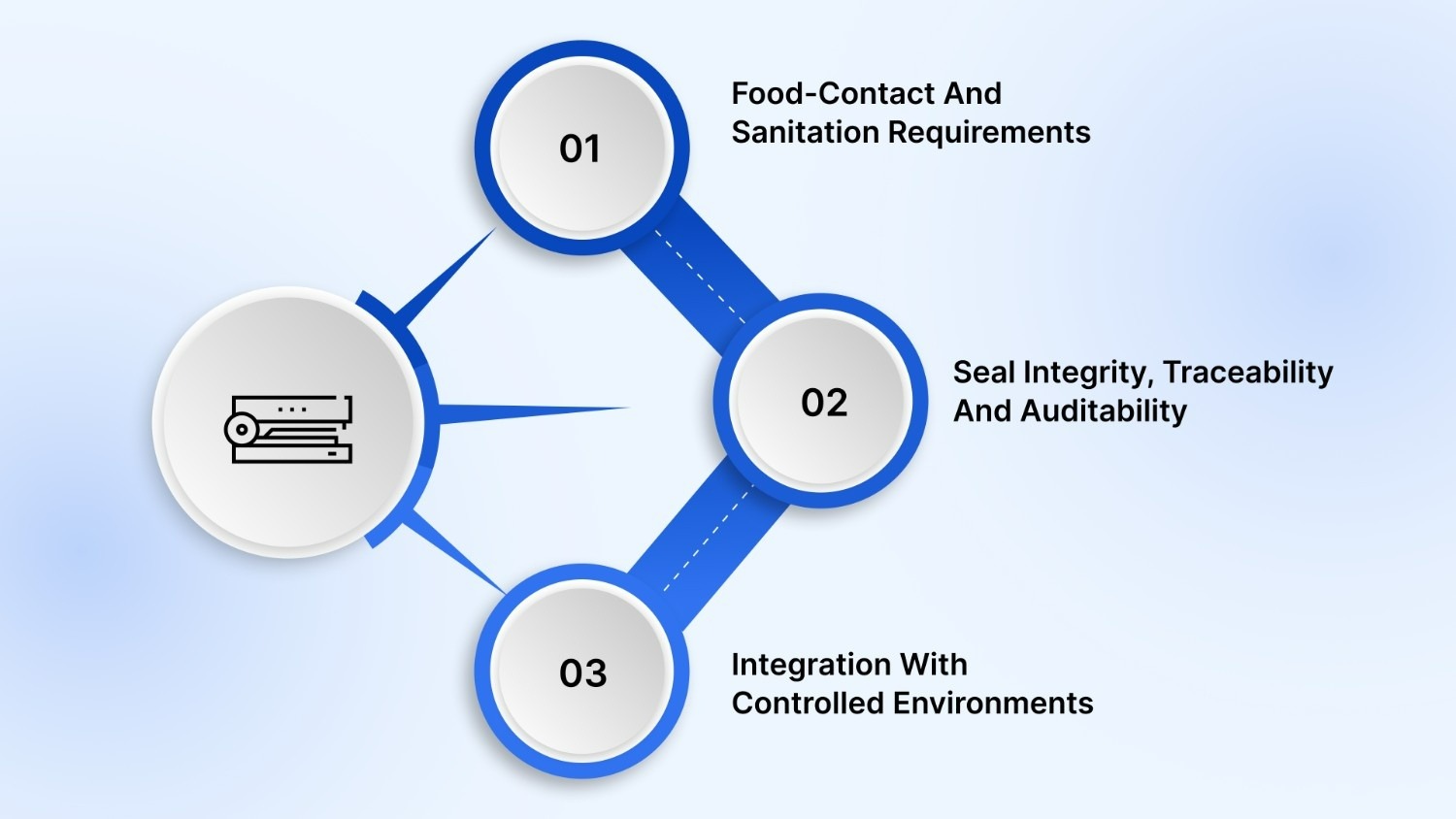
You are not only choosing a wrapper that functions, you are choosing one that will be inspected and questioned. A compliant machine must protect the food environment, produce defensible seals, and operate inside regulated zones without creating new risks. Every failure in these areas becomes a compliance finding, not a mechanical inconvenience.
1. Food-Contact And Sanitation Requirements
Any component that sits near or above food zones must be built for hygienic use. Frames, guards, and housings that include stainless steel, smooth joints, and closed seams reduce the chance of residue, rust, and microbial harbors. Units with rough welds or exposed fasteners create points that trap moisture and debris that cannot be reliably removed.
When shrink systems sit inside or adjacent to sanitation zones, you need predictable cleaning behavior. That includes:
- Wipe down or wash down compatibility
Materials must tolerate sanitation agents without degrading or peeling. - No harbor points
Surfaces must not capture fibers, adhesive, or condensate behind edges. - Condensation control
Machines must not drip or vent moisture into food exposure paths during heat cycles.
A wrapper that cannot be cleaned without disassembly is a compliance failure even if it still wraps correctly.
2. Seal Integrity, Traceability And Auditability
A failed or irregular seal is treated as a packaging defect in food operations, not an aesthetic issue. Seals must hold under transport, temperature, and stress without unpredictable failure. Inspectors treat variable sealing as an indicator that a process is not under control.
For regulatory defense, sealing behavior must also be repeatable and recorded. That includes:
- Stable heat and pressure profile
The sealer must not drift across shifts or loads. - Documentable settings and cycles
You must be able to produce evidence of configuration stability if challenged. - Tamper evidence baked into the result
Re entry must be visible without manual inspection.
If you cannot prove that the seal is consistent and controlled, you cannot defend it in an audit.
3. Integration With Controlled Environments
Food packaging equipment often sits inside HACCP zones, cold rooms, or shared enclosures with allergen or exposure controls. A wrapper that introduces heat spillover, vapor, or film fumes into controlled space can invalidate the zone.
When shrink tunnels or sealers sit in these controlled areas, you must evaluate:
- Zone compatibility
The machine must not push heat or vapor outside its own enclosure into food-contact routes. - Air and fume discipline
Exhaust and recirculation must not carry film off-gassing or particulates onto exposed surfaces. - Cold chain integrity
A wrapper that forces warm exposure during transitions can break conditions required for food safety plans.
Knowing the compliance conditions is only half of the decision. You now have to match those conditions to the classes of equipment that are actually allowed to operate in those zones without creating a new inspection risk. That is where the type of machine becomes a compliance decision, not a mechanical one.
Types of Equipment That Qualify as the Best Shrink Wrapping Equipment for Food Packaging Compliance
Not every shrink wrapper that performs well in general packaging is acceptable inside or beside a regulated food line. The acceptable equipment depends on where the machine is placed, the type of product flow, and the level of control you must prove during inspection. The following categories qualify under different placement and compliance conditions.
1. Semi-Automatic L-Sealers In Regulated Food Settings
You can use semi-automatic L-sealers in food plants when the shrink operation is not inside a primary food exposure zone and when the operator cannot introduce seal variance through manual handling. These units are typically placed after the product is contained and isolated from direct food contact risk.
They become a compliance liability when the operator influences seal tension, dwell time, or film positioning, creating out-of-tolerance results that cannot be defended in an audit.
Use semi-automatic only when:
- The operation sits outside exposed food areas
Example: sealing wrapped bakery trays in a corridor after they leave the clean room. - Primary containment is already closed and protected
Example: shrink wrapping cartons of yogurt cups after lids are sealed and tested. - Operator handling does not alter the sealing outcome
Example: an operator only places cartons, while the machine controls heat and dwell automatically. - You can demonstrate stable seal behavior across shifts
Example: a QA log shows identical seal results on three shifts over the past quarter.
Avoid semi-automatic units when seal variance can be traced to operator actions rather than mechanical control.
2. Fully Automatic L-Sealers For Audited Facilities
Fully automatic units remove the operator from the sealing decision, which reduces both contamination risk and variability in sealing performance. When you need repeatable evidence of process control, automatic sealing becomes a compliance safeguard rather than a throughput upgrade.
You move to fully automatic equipment when:
- You cannot prove consistency with operator-driven systems
Example: past audits flagged seal drift caused by manual placement variance. - You must remove human contact during sealing to protect compliance
Example: allergen-controlled snacks must not be touched post-cartoning. - You need seal results that match audit expectations over time
Example: pharma-adjacent co-packers must show identical seals across batches. - You require integration with conveyors or tunnels in controlled areas
Example: frozen entrées travel directly from blast tunnel into shrink and pallet flow without manual transfer.
Automatic systems are often chosen not for speed but because they withstand questions about control, documentation, and contamination risk.
If your equipment budget is shrinking faster than the line, read the 8 best ways to extend packaging machine lifespan next.
3. Combo Units And Bundlers For Compliant Operations
Combo systems and bundlers can be used in food operations only when they act on secondary or tertiary packaging, not on any layer that sits near exposed food. Their placement must not interfere with HACCP zoning or introduce heat or film byproducts into areas where food is uncovered.
They do not qualify near primary exposure zones because bundling film, heat, and mechanical force can spread contaminants, distort containment, or produce fumes near open product.
You use bundlers and combo units when:
- The product is already sealed and leaving the food zone
Example: multipacking bottled sauces after induction sealing and capping are complete. - The machine sits in secondary or outbound packaging corridors
Example: bundling beverage cases in a dock-side pack-off area for transport. - The operation is part of pallet-level or distribution preparation
Example: collating boxed deli meats into a shipping bundle before pallet wrap.
Once you understand which classes of machines are allowed in which parts of a food operation, the next step is to compare actual units against those placement and compliance constraints rather than against price or speed. The comparison below is structured on that basis.
Comparative View Of Best Shrink Wrapping Equipment for Food Packaging Compliance
You are not choosing a machine for peak mechanical output. You are choosing a unit that can sit inside or downstream of a food operation without creating audit risk or seal failures that would be classified as compliance deviations. The table below compares qualified units by criteria that determine whether they can be defended in a regulated environment.
You choose based on compliance pressure and placement, not preference or speed:
- Select fully automatic when you must remove operator influence from the sealing outcome.
- Select INOX-capable semi-automatic only when the machine sits outside exposure zones and sealing drift is controlled.
- Select bundlers or combo units only after the food product is enclosed and has left regulated contact areas.
A unit that performs mechanically but cannot be defended in an audit is a liability, not an investment. Only machines that meet these conditions qualify as the best shrink wrapping equipment for food packaging compliance.
Want to see which systems hold up under nonstop loads? Read the guide to the best shrink wrap machines for industrial packaging next.
Why These Units Work In Food Packaging Context
You are not buying a brand name. You are buying conditions that allow you to run a line under inspection without replacement, stop orders, or corrective findings.
- SMIPACK FP560A (Semi-Auto L-Sealer)
Fits zones where the product is enclosed and contact risk is removed, with INOX availability when sanitation rules require stainless housing. - SMIPACK FP6000 (Automatic L-Sealer)
Removes sealing variability and human contact from the control step, which supports audit defense when you must prove process repeatability. - SMIPACK BP600 (Semi-Auto Shrink Wrapper)
Acceptable in outbound or distribution lanes where shrink is applied only to packed units and not near exposed food. - Heat Seal HDX350 (Heavy-Duty Combo System)
Stable framing and construction support consistent sealing under continuous duty, reducing the chance of undocumented drift. - Heat Seal SW-3614 (Semi-Auto Bundler)
Appropriate only when bundling is performed after food has exited controlled zones and is being prepared for shipment.
For compliance-aligned selection and integration of shrink wrapping systems in regulated food operations, partner with John Maye Company. Contact us to fit the equipment to your zone conditions and audit burden. Connect here.
Once you choose a compliant unit, the burden does not end at installation. The way you maintain and intervene on that machine determines whether it will remain defensible under inspection or eventually become a source of non-conformance.
Maintenance, Intervention And Audit Reality For Shrink Wrapping Equipment For Food Packaging
You do not maintain a shrink wrapper just to keep it running. You maintain it to keep the process defensible in an audit. A machine that still moves film but produces undocumented drift, residue, or seal variance is a compliance defect even if it technically operates.
Below is a compliance-framed view of intervention:
When Repair vs Replacement Is A Compliance Decision
You do not wait for a machine to fail mechanically to replace it. You replace when it can no longer meet audit expectations without constant correction.
Replacement is the compliance move when:
- Settings must be re-tuned frequently to hold seal
This indicates loss of control and will not stand in an audit. - Maintenance requires zone breach or disassembly in a clean area
Each intervention becomes a contamination event on record. - Documentation cannot prove stable behavior across cycles
If you cannot produce history, you cannot defend the process. - Film and heat behavior cannot be contained to food-safe boundaries
Persistent fumes or spillover disqualify the unit from that zone.
Once maintenance is treated as a compliance function, the next step is selecting equipment that can remain compliant without constant correction. That means screening machines against criteria that determine whether they can operate under inspection without creating new audit exposure.
Selection Criteria for the Best Shrink Wrapping Equipment for Food Packaging Compliance

When you evaluate shrink wrapping systems for a food plant, you are not ranking them on efficiency alone. You are screening them for their ability to operate under inspected conditions without creating new regulatory exposure. The criteria below determine whether a machine can be defended during an audit and maintained without compromising your validated environment.
1. Throughput Without Compromising Hygiene Or Seal Quality
Higher speed is only acceptable if seal integrity and sanitation conditions do not degrade. A system that increases output but introduces inconsistent seals or increases operator contact is a compliance failure, not a productivity gain.
Throughput is compliant only when:
- Seals remain in tolerance across the full run
Example: no thinning or partial closure during higher line speeds. - No additional human touch is introduced at higher speed
Example: the operator is not repositioning product to keep up. - Heat and airflow do not disturb nearby controlled areas
Example: no heat plume entering a cold zone to maintain speed.
2. Film Behavior And Compliant Material Compatibility
You cannot treat film selection as a packaging preference. Films must be compatible with regulated food use and must behave predictably under heat to avoid seal failure or chemical risk. POF and LDPE are preferred in food packaging because they can meet regulatory and performance conditions, while PVC is typically excluded from direct food applications.
You maintain compliance when:
- POF or LDPE is supported without instability or deformation
Example: film does not cloud, wrinkle, or burn at compliant temperatures. - PVC is excluded near food contact layers
Example: PVC is only used in outer bundling areas, never near product. - Film tension controls avoid stress-induced seal breaks
Example: no tearing on conveyor transition when film shrinks.
3. Service And Maintenance Access Without Breaching Sanitation Protocols
Maintenance cannot require zone breaches or unplanned exposure of internal components. A compliant system must allow inspection, cleaning, and part replacement without creating contamination risk or forcing you to remove equipment from a controlled zone.
Maintenance remains compliant when:
- Internal service points are accessible without removing barriers to food zones
Example: belt change from the non-food side of the frame. - Cleaning can be performed without partial disassembly
Example: stainless guards stay in place during wipe-down. - No residue or lubricant is exposed during adjustment
Example: lubrication paths are sealed away from airflow and product paths.
4. Documentation, Validation And Service Traceability
You are required to defend process control during an audit, not just run the machine. That means your wrapper must support settings verification, service traceability, and repeatable configuration. If you cannot show who changed what and when, the process is treated as uncontrolled.
A system is defensible when:
- Settings and configuration history are recorded and retrievable
Example: sealer temperature changes are logged by timestamp. - Service and part replacements are documented
Example: a technician log exists for every internal intervention - Validation can be repeated under the same configuration
Example: the same seal output is produced after maintenance without re-tuning.
Not sure whether to own or outsource the risk? Read the breakdown of the best benefits of renting packaging equipment vs buying next.
Once you know what a compliant machine must do and withstand, the final variable is who supplies and supports it. The distributor you choose determines whether the system remains defensible after installation or becomes a recurring source of audit exposure.
Why Food Packaging Facilities Trust John Maye Company For Compliance-Ready Systems
You need a distributor that does more than deliver equipment. You need a partner that reduces the chance of compliance failure, shortening the time between a problem and a defensible correction. John Maye Company is structured around that outcome, not around moving boxes.
John Maye Company is a US based, ISO 9001 and ISO 14001 certified, which means the company operates under documented quality and environmental controls that regulators recognize. Inventory is held in-region and shipped within 24 hours to prevent extended downtime that could trigger corrective findings during an audit. Service work is performed by manufacturer-trained technicians who minimize configuration drift and prevent rework caused by improper setup.
Why regulated food facilities rely on John Maye Company
- Auditable operations
ISO standards align with documented quality expectations in inspected facilities. - Rapid problem containment
Same-day fulfillment and emergency repair reduce the duration of non-conformance. - Technicians who understand compliance exposure
Factory-trained teams prevent misconfigurations that would appear as process drift. - Fit-for-zone selection, not generic recommendations
Guidance is based on placement inside or downstream of controlled areas. - Lifecycle support, not one-time supply
Preventive service and parts continuity reduce repeat violations and unplanned change.
If you want machine recommendations that are filtered through zone placement, audit burden, and compliance survivability instead of performance claims, request compliance-aligned guidance from John Maye Company.
For tailored guidance on selecting the best shrink wrapping equipment for food packaging compliance, request a consultation with our team.
Conclusion
You began by facing the same problem every regulated food operation faces, which is not the act of wrapping but the risk of failing inspection because the wrapper cannot be defended. The cost is not measured in film or labor but in shutdowns, rework, and product that cannot legally move. That is the risk you are choosing against.
The best shrink wrapping equipment for food packaging compliance is the equipment that you can defend under audit before you discuss speed, cost, or convenience. Compliance durability is the first filter. Throughput and price are secondary only after regulatory fitness is satisfied.
If you want a selection that is filtered by compliance criteria rather than catalog features, request a compliance-aligned equipment consult from John Maye Company instead of browsing on your own. Book a call with us now!
FAQs
Q: How do you validate a new shrink wrapper for an export-bound food product run?
A: You run a controlled pilot under the exact export packing conditions, record all process parameters, and perform destructive and transit testing on samples from the pilot batch. The validation packet must include the conditions under which the pilot was run and the proof that the result remained stable beyond factory conditions, otherwise the validation will be challenged by buyers or import authorities.
Q: Can the same shrink wrapper run allergen and non-allergen SKUs without triggering segregation failures
A: Only if you have a documented changeover routine that removes residue, film fragments, and operator cross-handling before the next SKU enters. You also need to prove that the wrapper’s surfaces and airflow do not carry particulates across product families. Without a validated changeover protocol, the shared wrapper is treated as an uncontrolled cross-contact point.
Q: Is there a compliance difference between renting and owning shrink equipment in a food plant?
A: Ownership does not matter to regulators, but control documentation does. If the equipment is rented, you still need configuration control, sanitation logs, and intervention history that can be produced during an audit. A rental unit without traceability records fails compliance even if it is mechanically acceptable.
Q: How do you justify replacing a running wrapper when finance argues that it still “works”?
A: You justify on control, not functionality. If the unit cannot produce repeatable outcomes without frequent adjustment, or if it requires interventions that break documented conditions, it fails the standards for controlled packaging. A wrapper that “works” while violating a validated process is treated as a systemic defect, not a cost-saver.
Q: What changes when the same wrapper is moved from a dry pack room into a chilled zone?
A: The system must be reassessed for condensation, surface behavior, and heat interaction with a cold environment, and the original validation is no longer valid in the new zone. The relocation triggers a fresh qualification because environmental shifts alter the conditions under which compliance was previously proven.
Q: Can you integrate vision or rejection systems with a shrink wrapper to prove compliance without manual checks?
A: Yes, as long as the rejection logic is tied to measurable criteria and the system logs every reject event against a timestamp. Automated rejection becomes admissible evidence that you are monitoring and enforcing conformance without relying on operator judgment, which strengthens audit defense when questioned on control.
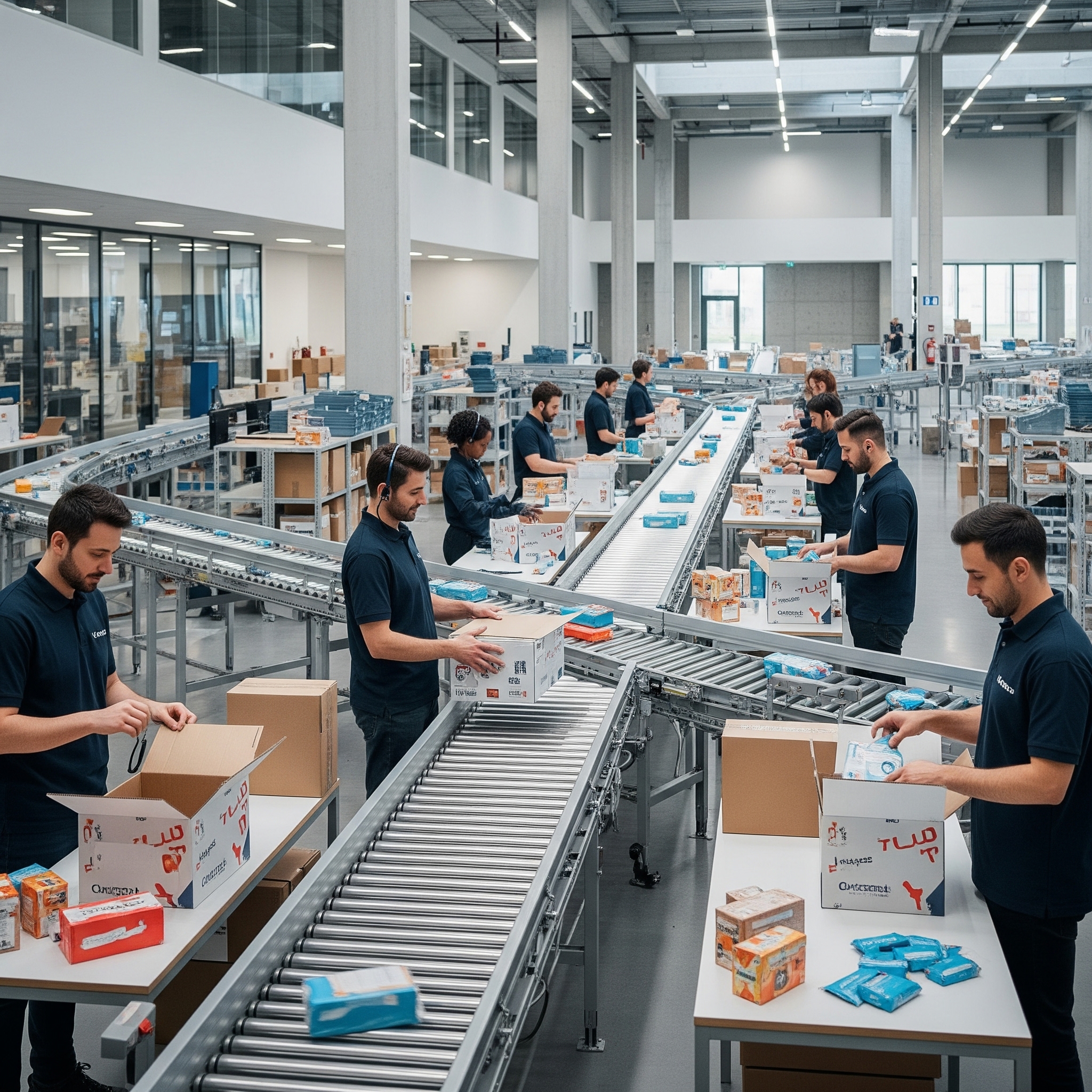
Blogs
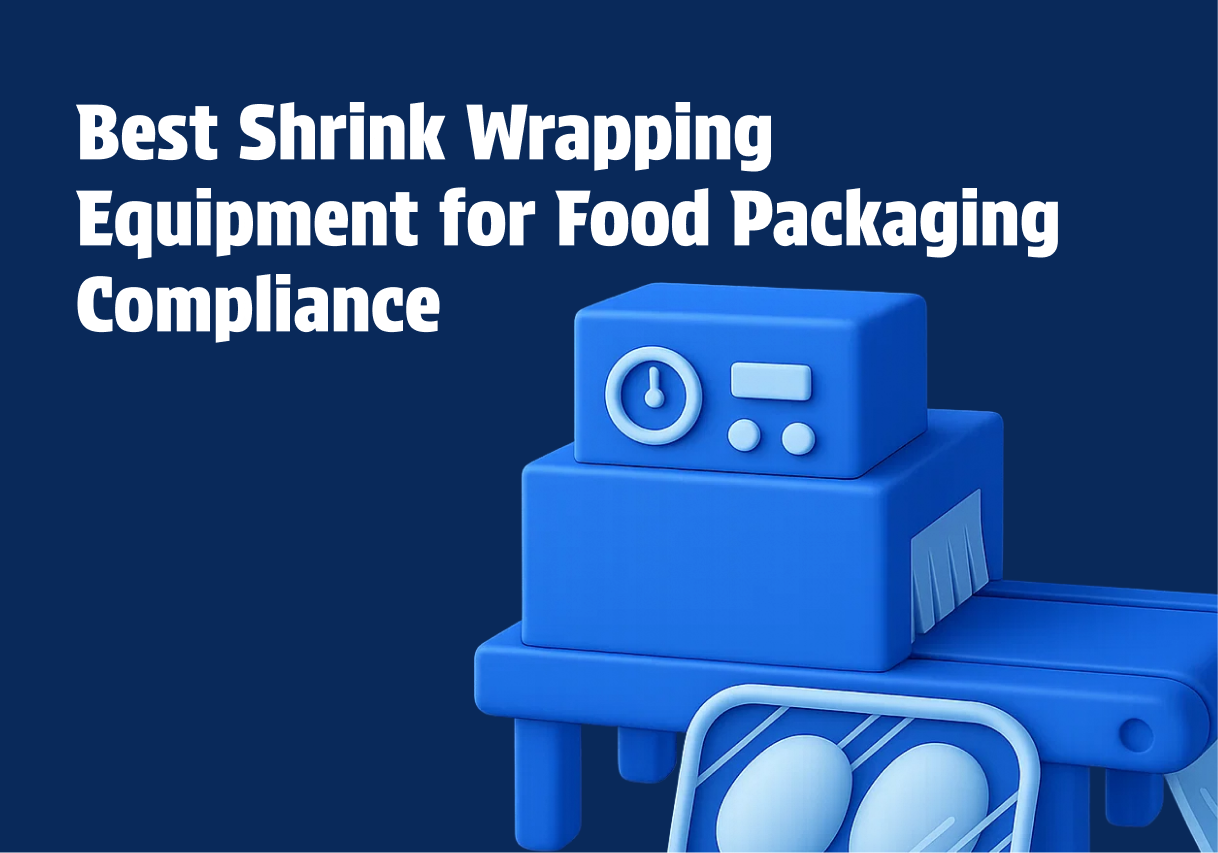
Best Shrink Wrap Machines for Your Business
Discover the best shrink wrapping equipment for food packaging compliance. Conflex offers high automation. Increase efficiency now!
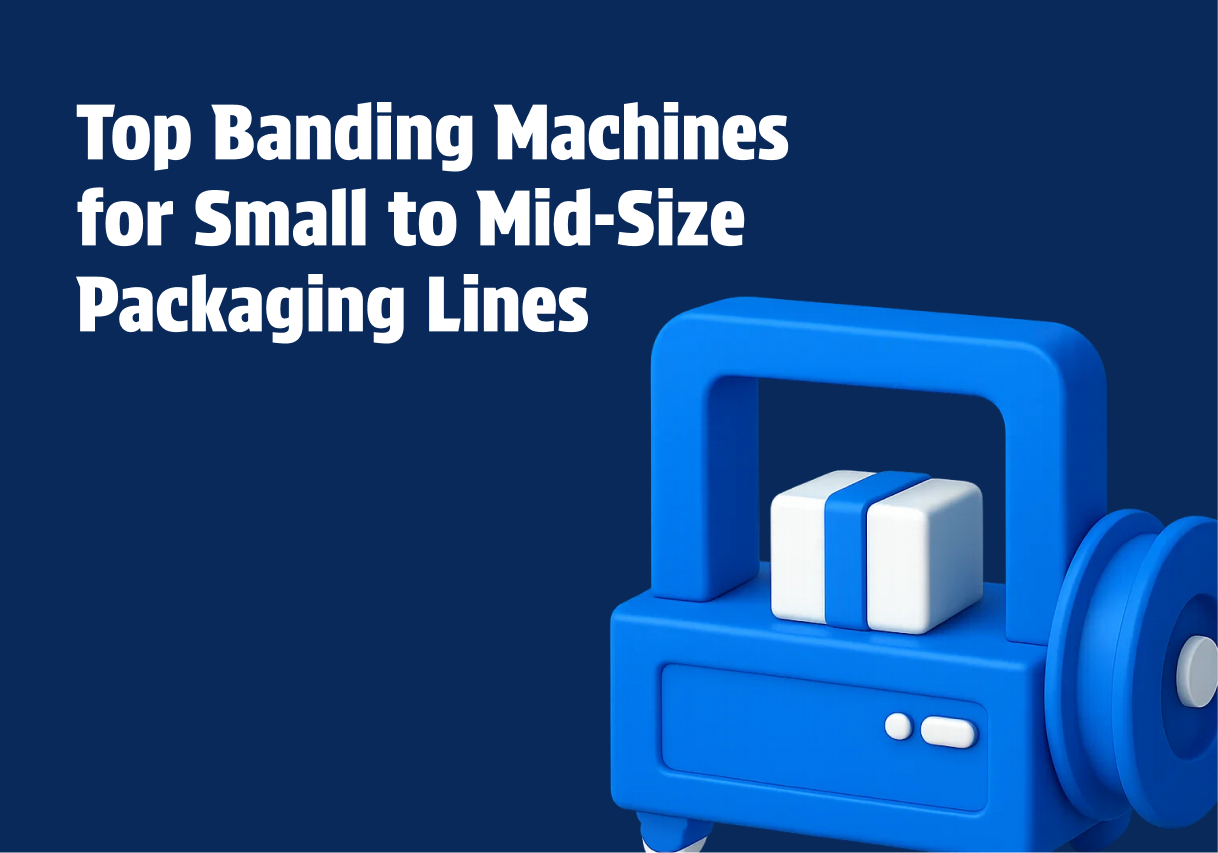
Top Banding Machines for Packaging Solutions
Find top banding machines for small to mid-size packaging lines! Discover flexible automation options and sustainability features. Optimize efficiency today!
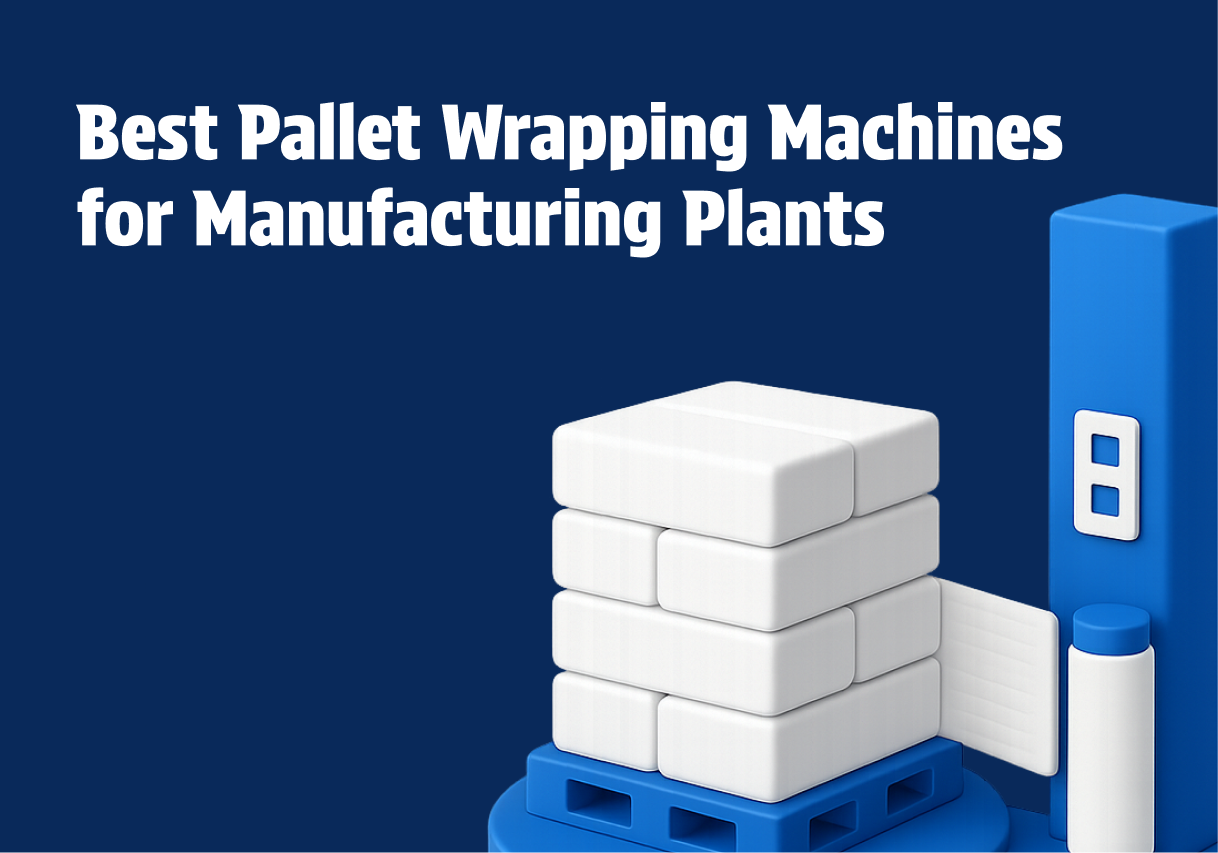
Best Pallet Wrapping Machines for Manufacturing Plants 2025
Explore the best pallet wrapping machines for manufacturing plants in 2025. Learn how to choose, compare key models, and reduce wrapping costs.